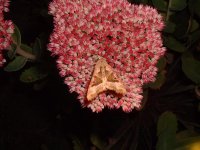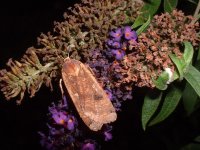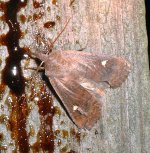WHIMBREL
A lifelong Naturalist...
Fellow Moth-ers,
I'm looking for information on what digital camera (non DSLR) moth-ers find are the best for taking identification record photographs of moths that come to the light trap but fail to enter the trap and need to be photographed where they land.
I currently use a Sony S85 (5 years old) but it's not the greatest for night shots mainly using close up/macro, which I admit is a big ask.
Anyone recommend or suggest a suitable digicam for mercury vapour moth trap use photography at night. I've posted this here rather than the camera forums because all the 'real' moth-ers are here, and I know will probably give me sound advice.
My thanks in anticipation,
Bill
I'm looking for information on what digital camera (non DSLR) moth-ers find are the best for taking identification record photographs of moths that come to the light trap but fail to enter the trap and need to be photographed where they land.
I currently use a Sony S85 (5 years old) but it's not the greatest for night shots mainly using close up/macro, which I admit is a big ask.
Anyone recommend or suggest a suitable digicam for mercury vapour moth trap use photography at night. I've posted this here rather than the camera forums because all the 'real' moth-ers are here, and I know will probably give me sound advice.
My thanks in anticipation,
Bill






